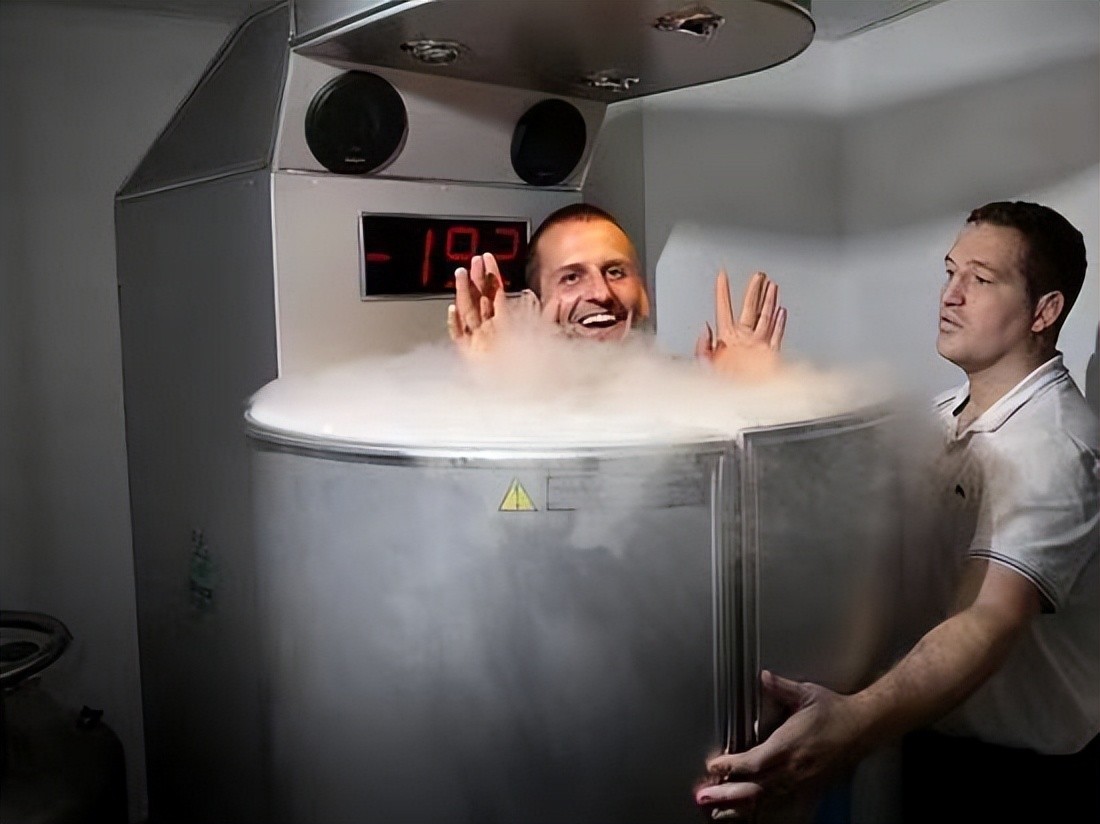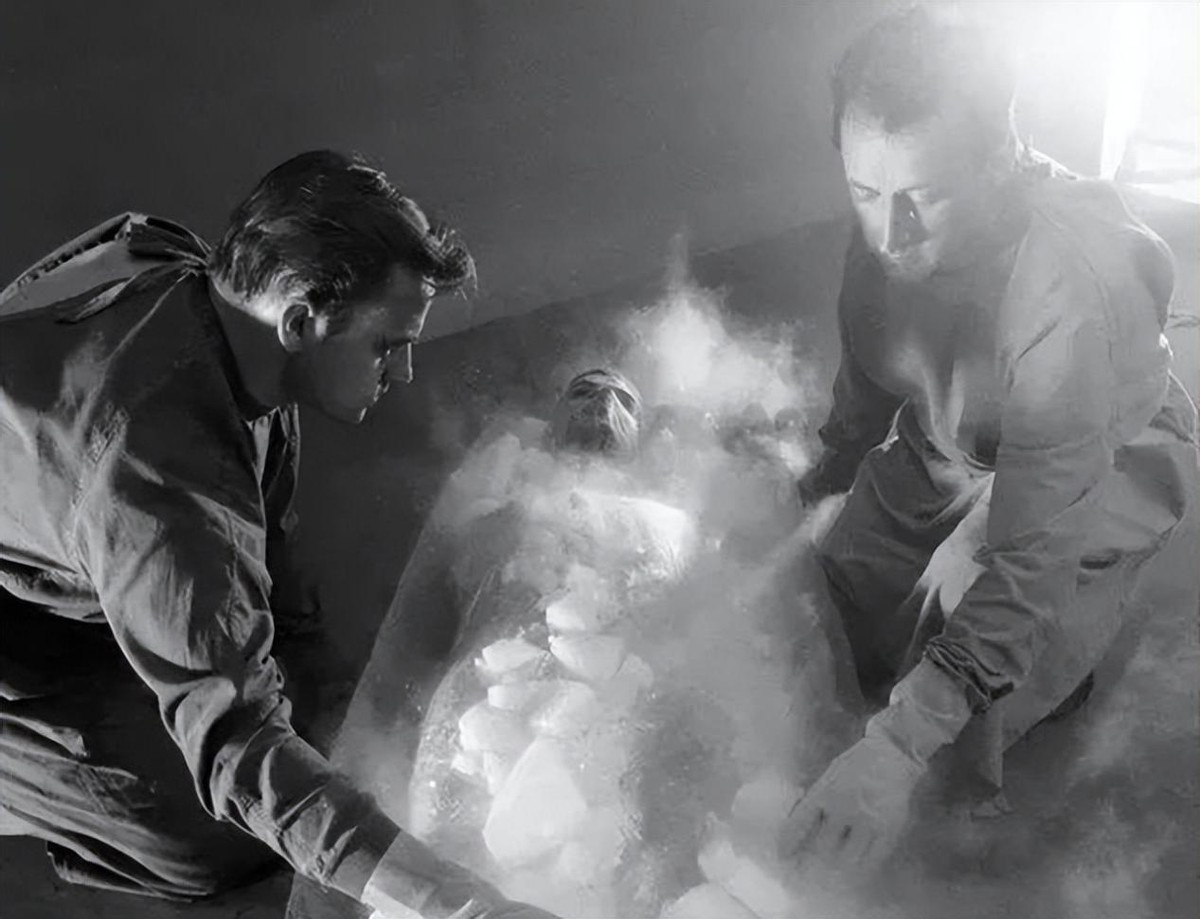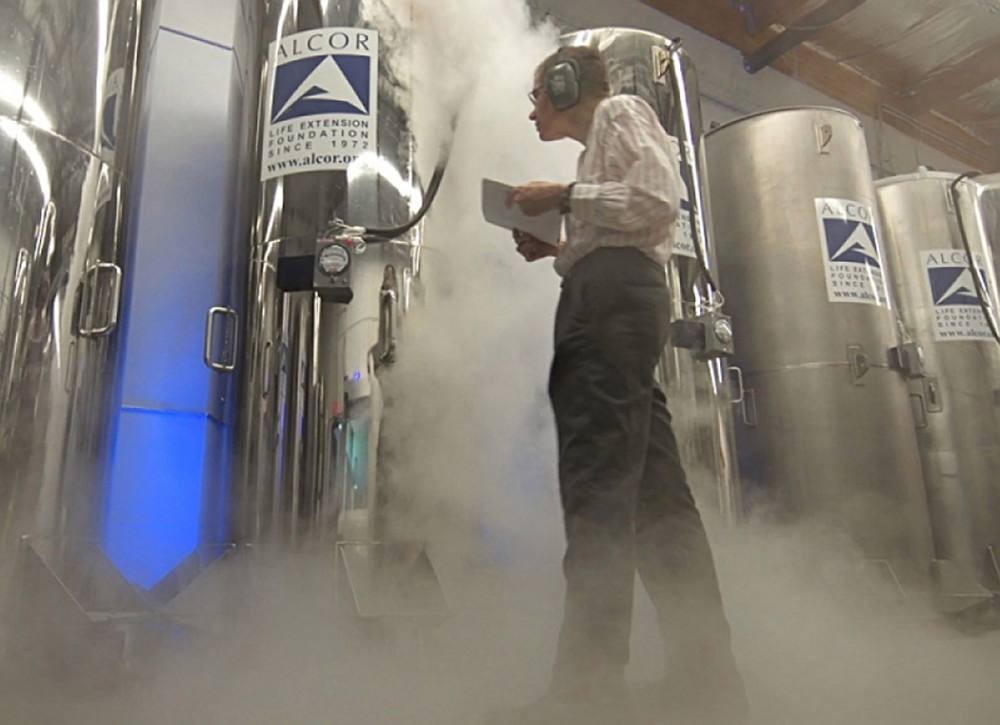
An American millionaire was cryopreserved for 50 years, originally scheduled to be revived in 2017, but the thawing process was urgently halted by staff when they saw something alarming. Preface
He was the world's first "cryonics" case.
According to his will before his death, his body was to be frozen for 50 years and then thawed to bring him back to life.
However, when the staff began the thawing process, they were so shocked by what they saw that they immediately stopped!
Why was that? Did he really come back to life?
Contact with Cryonics Technology
The cryonics subject, named James Bedford, was a highly esteemed researcher in the fields of physics and psychology.
He also had a keen eye for business investments, which led to his wealth accumulating rapidly, making him one of the richest men in America at the time.

James had thought his life would continue smoothly, but at the age of 72, things suddenly changed.
He began to feel unwell, initially just fatigue and difficulty breathing. His family urged him to see a doctor, but he didn't take it seriously until his symptoms worsened and he had to face the facts.
The diagnosis was like a bolt from the blue—lung and kidney cancer, both at an advanced stage.
The doctor was clear with him; the situation was very grave, and he had at most six months to live. At that moment, James felt as if his world had collapsed.
He couldn't accept this outcome, especially the helplessness towards death made him angry. During his time in the hospital, he almost thought about the same question every day: was there really no way out?
It was then that he accidentally came across a book titled "The Prospect of Immortality."
The author, Ettinger, proposed a startling idea: if the human body could be cryopreserved at a low temperature before death, future scientific technology might be able to cure those terminal illnesses and bring people back to life.
At the time, this notion sounded like a fantasy, but James was deeply drawn to it. As a scientist, he believed that science could always bring miracles, and perhaps he could be the starting point of such a miracle.
James began to seek more information and found that there were already some preliminary explorers in the field of cryonics technology, such as an electrician named Nelson.
Nelson wasn't a scientist, but he was passionate about this technology and even began to research how to keep the human body intact at extremely low temperatures using his limited resources.
James quickly got in touch with Nelson, and they hit it off immediately. Nelson provided technical advice, while James provided financial support.
He not only invested $4,200 to establish an experimental base but also added tens of thousands of dollars for the upgrading of experimental equipment.
In the process, James's condition worsened, and he knew he didn't have much time left, so he had to speed things up.
To ensure the smooth implementation of the plan, he even wrote his last wish into his will, explicitly requiring his children to support his cryonics plan no matter what.
In 1967, James passed away due to illness, and Nelson began the cryopreservation plan.

According to the procedure, James's body was carefully treated to minimize damage during the freezing process. He was placed in a specially made cryogenic container, and the temperature quickly dropped to minus 196 degrees Celsius.
James left a substantial sum of money for all this, totaling $100,000, equivalent to $820,000 today. This money was used to maintain his body's preservation and support further research into related technologies.
According to the plan, his body was to be preserved at a low temperature for 50 years, waiting for the advancement of science and technology.
Frequent Accidents
However, not long after James was cryopreserved, his $100,000 donation became a focal point.
This money was specifically left for the cryonics research institution to maintain his cryopreservation and support technological development. However, James's wife and son believed that this money should belong to the family, not the research institution.
The two sides engaged in a long dispute over the ownership of the funds, but ultimately, because James's will was very clear, the money went to the research institution to maintain the cryogenic equipment and continue to advance human cryonics technology.
Despite the resolution of the financial issues, the process of cryopreservation was not smooth sailing.
In 1979, a power outage accident almost pushed this emerging field to the brink of collapse.
Nelson claimed he needed $100,000 for maintenance, but when James's family heard this, they were very angry. After all, the $100,000 James left behind was already theirs, and it was explicitly stated to be for maintenance costs. Why was more money needed now?
As a result, Nelson was taken to court by James's family on charges of improper maintenance leading to damage to the body.
During the trial, Nelson was ordered to pay $800,000 in damages, a huge sum that almost paralyzed the entire cryonics research institution.
In addition, societal criticism of cryonics technology intensified, with some even labeling Nelson's actions as "cult-like."
However, James's family, to help fulfill his last wish, contacted a cryonics institution called the Alcor Life Extension Foundation.
James's remains were stored at this institution until 2017.

In 2017, James Bedford's cryopreserved body finally have a thawing attempt. On that day, the atmosphere in the Alcor Life Extension Foundation laboratory was tense yet filled with anticipation.
When the thawing process began, everything went according to plan. Scientists carefully transferred James's body from the liquid nitrogen environment at minus 196 degrees Celsius.
They used the most advanced thawing technology, slowly increasing the temperature to ensure no additional damage to the tissue structure.
However, just as the thawing reached a critical phase, the laboratory alarm suddenly sounded. The technical team immediately checked the equipment and discovered alarming abnormalities.
The thawing scare
James's facial contours showed significant deformation; his nose had collapsed, and there were large red patches on the skin of one side of his neck. These abnormalities attracted everyone's high attention, and the thawing operation was urgently halted.
Further examination revealed an even more severe problem: James's brain had been severely damaged, and the cellular structure had suffered irreversible destruction.
The research team found that the dimethyl sulfoxide used during the freezing process had a significant impact on the brain cells. This chemical was originally intended to protect cells from being pierced by ice crystals at low temperatures, but long-term use led to the brittleness of the brain cells.
During the thawing process, these fragile brain cells could not withstand the temperature changes, and many were damaged or even disintegrated.
Scientists realized that the core issue of cryonics technology had still not been resolved. How to restore brain function after thawing was a problem that current technology could not overcome.
Memory and consciousness, the most important characteristics of humans, deeply rely on complex neural networks, which are Highly susceptible to damage during the freezing and thawing processes.
Even if the body's appearance can be preserved intact, cellular damage is sufficient to make resurrection unattainable.
This failure led the technical team to re-examine the existing cryopreservation measures.
They realized that current technology relies on slow cooling with liquid nitrogen and protection with special chemical solutions, which have achieved some success in preserving the integrity of the body. However, for the delicate internal structure of cells, especially the neural networks in brain tissue, comprehensive protection is still difficult.
The research team decided to focus on developing new cryoprotective agents. They hope to find a material that can reduce cell damage and not have toxic side effects on tissues.
At the same time, further improvements to cooling and thawing techniques are needed to avoid the impact of temperature changes on tissues.
Research directions to reduce ice crystal formation have made some progress, but to achieve safe thawing and revival, more time and breakthroughs are still needed.
Conclusion
James Bedford's thawing attempt ultimately failed, but this experiment provided scientists with valuable data and experience.
Through this experiment, researchers have a clearer understanding of the limitations of human cryonics technology and have pointed out directions for future technological improvements.
His body was re-encased in a cryogenic environment, continuing to wait for further developments in future technology.